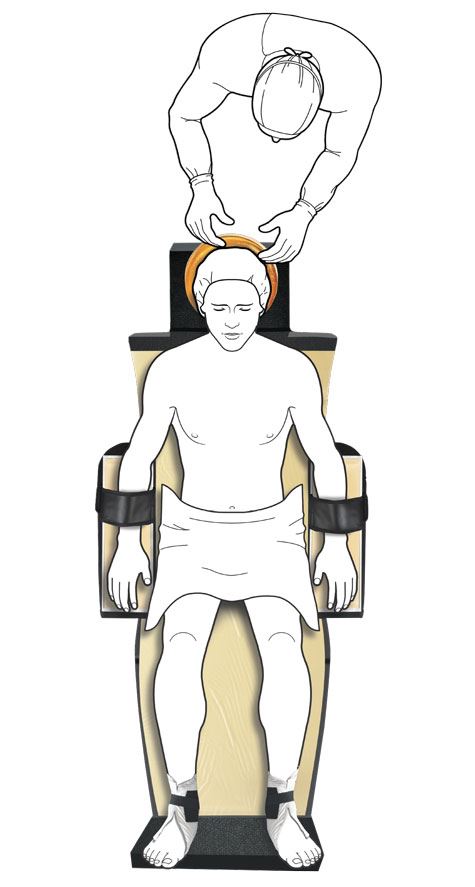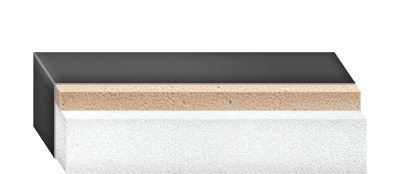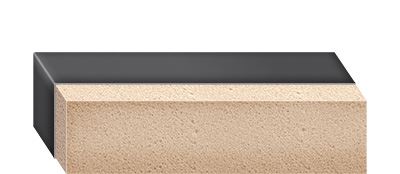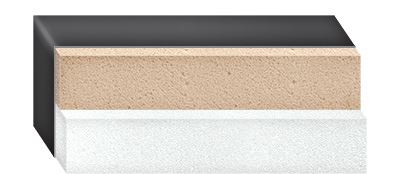-
Home
-
Proper Patient Positioning Guidelines: Fowler's Position
Proper Patient Positioning Guidelines: Fowler's Position
December 4, 2019

Fowler’s position, a sitting position named for surgical pioneer George Ryerson Fowler, is particularly common for shoulder surgery, though it is also sometimes employed for ear and nose procedures. While it has been used for some craniotomies and cervical laminectomies, the negative venous pressure in the head and neck and the potentially fatal air embolisms that can result make this rare.
The position is often accomplished through the use of a beach-chair table attachment such as the Orthopedic Beach Chair Positioner System. The device, which quickly attaches to standard operating tables, requires no electricity and utilizes a pneumatic cylinder to provide continuous adjustments and a rigid lock once the desired position is achieved, allows for half of the backrest to be removed for improved access to the surgical site.
While both the beach chair (BC) and lateral decubitus (LD) positions have their merits for use in shoulder arthroscopic procedures, the BC position has the advantage of being safe and effective for nearly all procedures. In fact, the position was initially created to combat brachial plexus injuries brought on by a reported 10 to 30% of procedures performed in the LD position.1
The position is also effective in terms of ease of setup, increased flexibility in anesthesia, greater mobility of the arm and the ability to aid in conversion to an open procedure. It can also be beneficial in teaching environments, as students are able to identify anatomic landmarks more easily due to the upright positioning.
The patient is initially positioned supine with the head supported on a secure headrest and their head, neck and torso elevated between 20 and 90 degrees. The feet are supported by a padded footrest with the foot of the table slightly lowered, allowing the hips to flex between 45 and 60 degrees and the knees to 30 degrees, and the upper portion of the table can be raised to act as a backrest, allowing the torso to reach an upright position.
The patient’s arms can be positioned in a multitude of ways, from resting on a pillow in the patient’s lap or in front of them on an adjustable platform like the Versa-Board, which utilizes a three-point adjustment system to offer a nearly infinite combination of positions. The arms should never be left to hang at the patient’s sides.
Pressure points are similar to those found in the supine position, making positioning devices such as the AliGel Head Donut viable options for head support. However, the operating table should also be equipped with well-constructed pads like AliMed’s Deluxe Support Surface, which can aid in achieving a higher degree of pressure redistribution. This is critical, as the patient’s body weight is resting on the ischial tuberosities and the sacral nerves.
References
- https://www.ncbi.nlm.nih.gov/pmc/articles/PMC5621929/
You may also be interested in:
AliMed’s Deluxe Support Surface Combo Foam

Combines a top layer of T-Foam with a bottom layer of Polyfoam to cradle patient with maximum thickness and support that resists bottoming out.

For procedures between 2-5 hours and for frail, painsensitive, heavy, high-risk patients, and patients in lateral/jackknife positions.

Our standard Combo Foam combines a 1.5” thick layer of T-Foam sealed to 1.5" thick layer of Polyfoam but can be adjusted accordingly for custom requests.